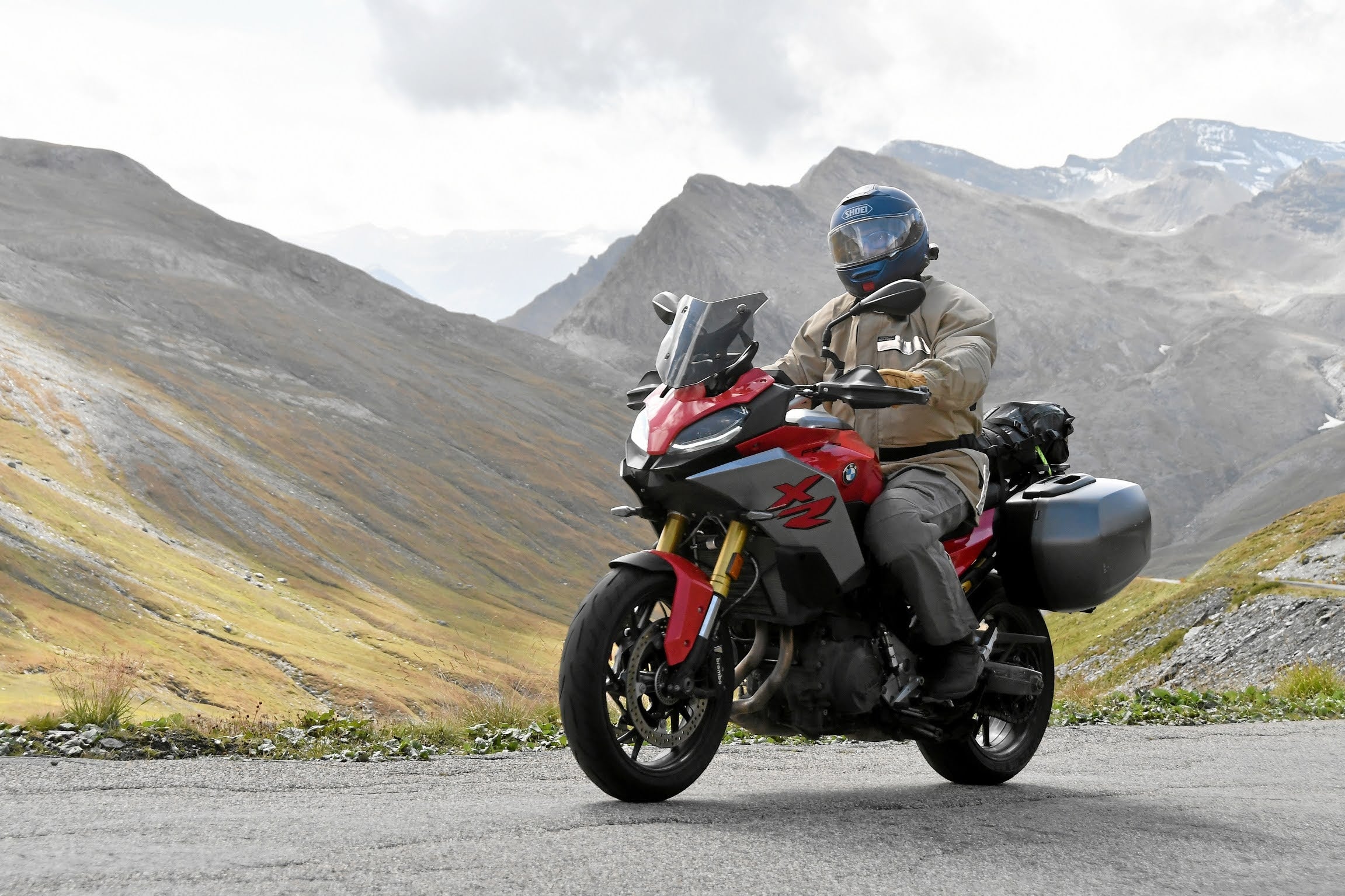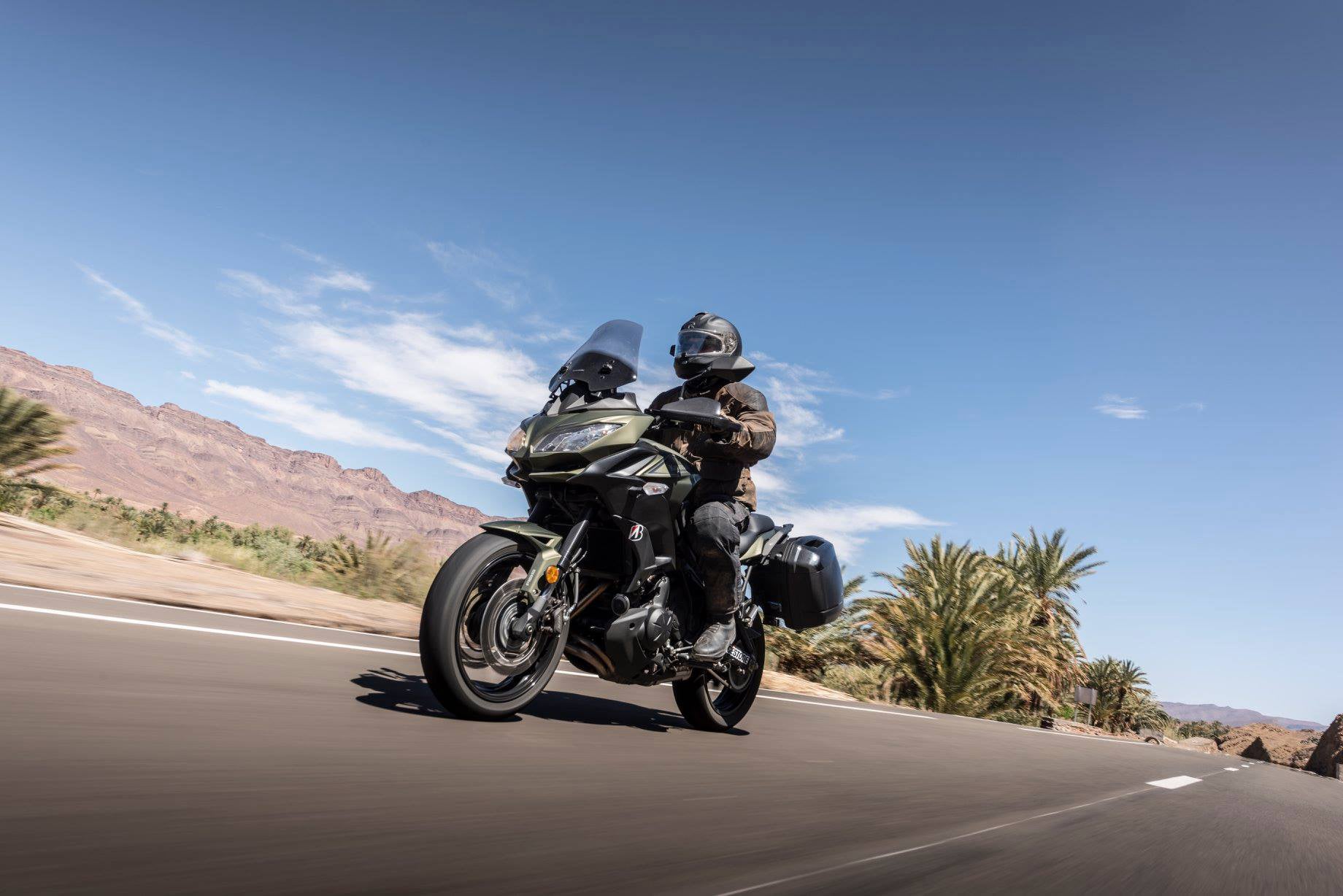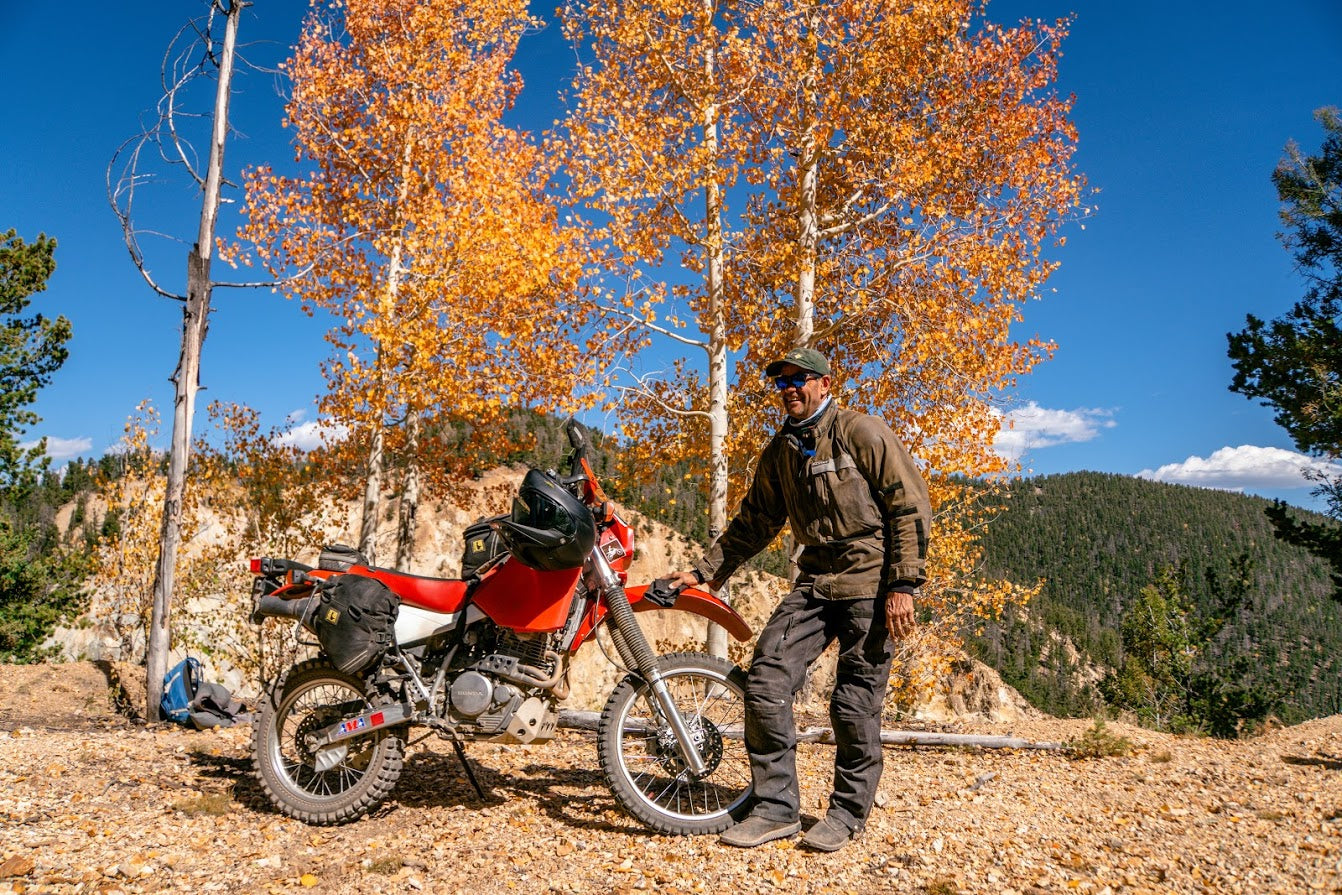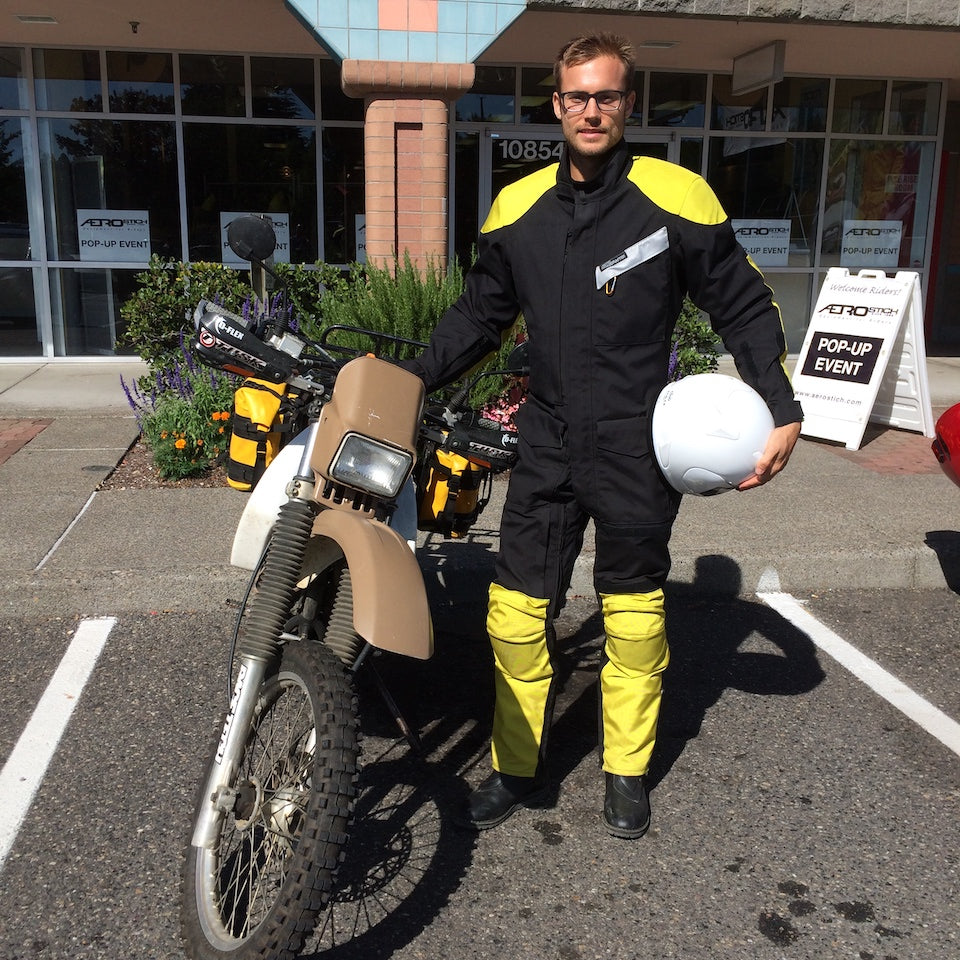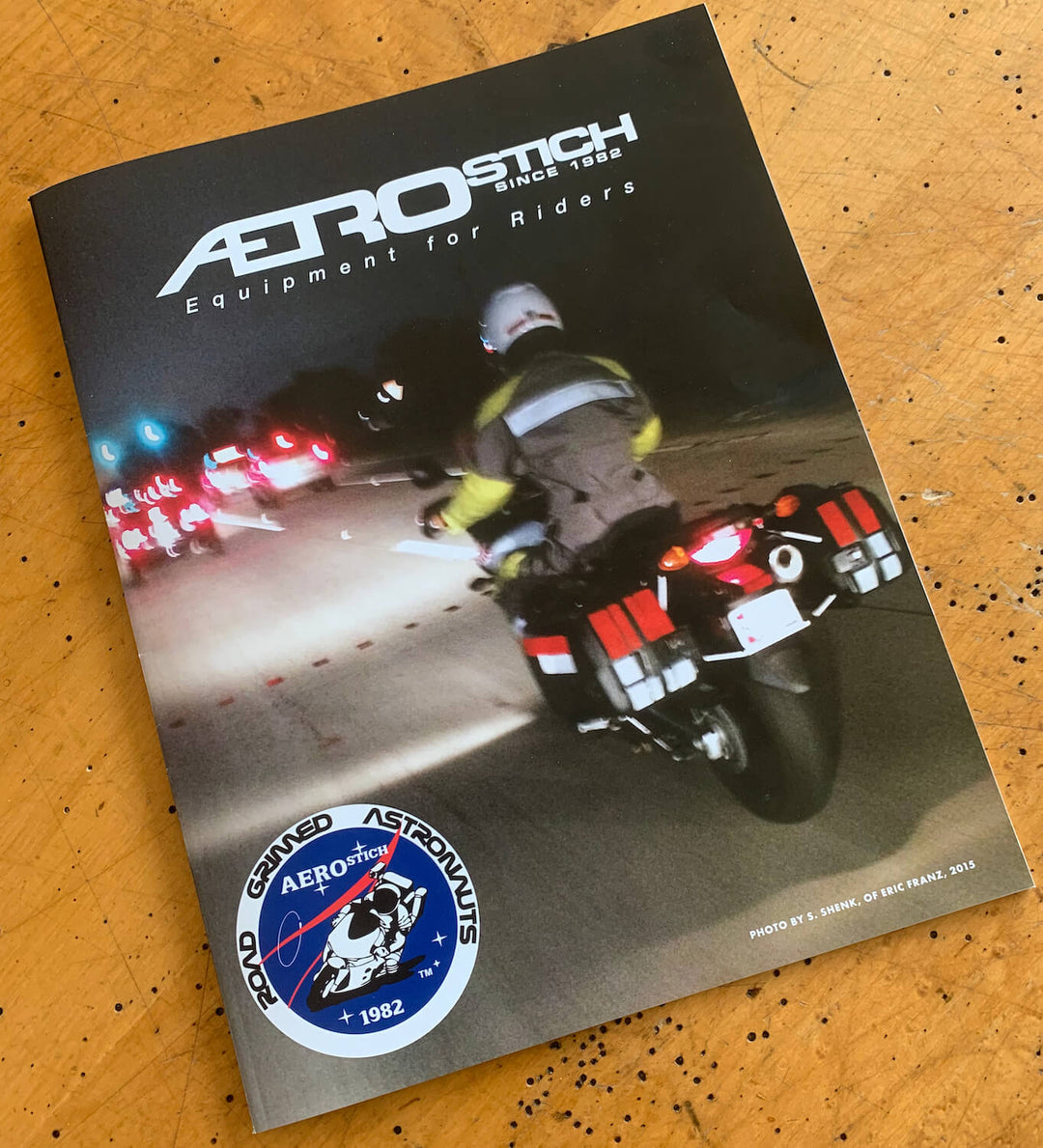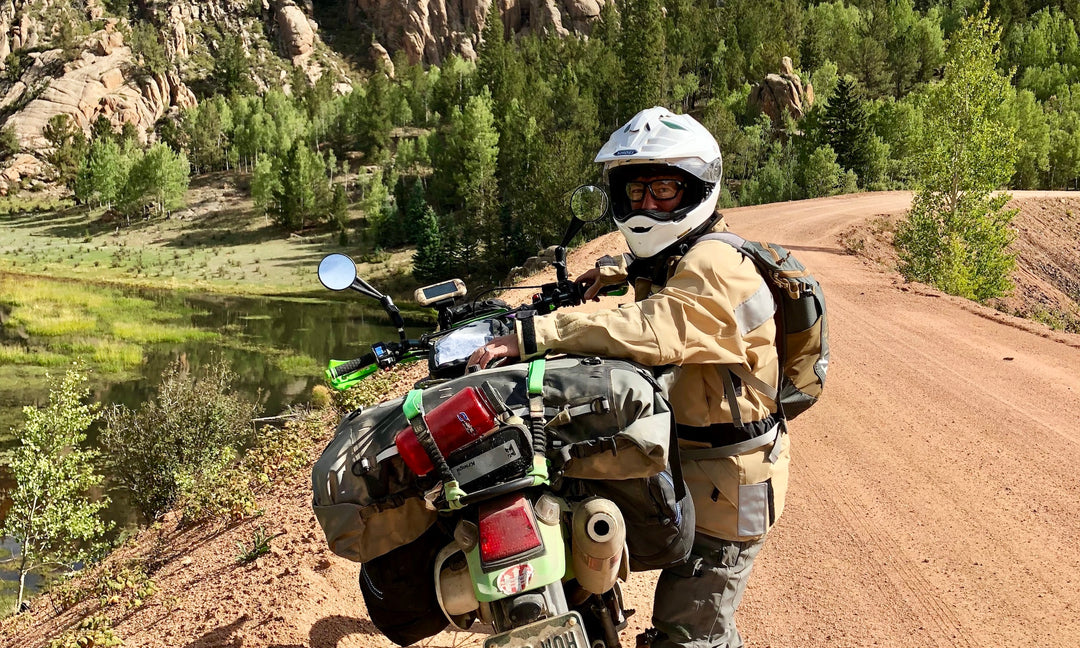Self-Tapping Carbide Tire Studs
4719
Total add-ons:
- Low stock - 3 items left
- Backordered. We will contact you with an estimated ship date.
- All in-stock Aerostich products and RiderWearHouse Catalog items ordered before 1pm CST will be shipped within 2 business days.
- If a specific size and color of Aerostich suit is not in inventory, we will notify you with an estimated delivery date. Production time varies.
- All standard Aerostich items may be sent back within 30 days of receipt for a refund, but the item(s) being returned must be in new condition.
Visit our shipping page for more information.
Ordinary low-budget sheet metal screws bite fine into ice but get ground away quick on paved surfaces. With sharp tips made of corrosion-proof, super hard, abrasion-resistant tungsten carbide, these ingeniously designed studs allow most of the tire’s rubber to be in contact with clear pavement while providing increased traction over mixed snow or ice. The best part is they’re simple to install — the studs self-tap with the included bit that fits any power drill. Just mark your tire, drill each one in and you’re ready to ride. For everyday winter riding, low profile studs (A, B or C) will keep you on the road. The off-road stud (D) is only for off-road / dirt riding. Scooter A & B are for scooters only. If you ride through the winter you’ll have fun, your bike will horribly corrode, and everyone will think you’re crazy. Perfect! Each set comes with an installation bit, instructions and 100 studs (50 per tire).
- #4706 Low Profile A (8.7 x 12.4mm, Base penetrates tire 10.5mm, tip protrudes from tire 1.9mm)
- #4707 Low Profile B (8.8 x 15.2mm, Base penetrates tire 12mm, tip protrudes from tire 3.2mm)
- #4708 Low Profile C (9 x 16.2mm, Base penetrates tire 13.5mm, tip protrudes from tire 2.7mm)
- #4714 Off Road D (9 x 17.5mm, Base penetrates tire 13.5mm, tip protrudes from tire 4mm)
- #4719 Scooter A (5.9 x 8.2mm, Base penetrates tire 6mm, tip protrudes from tire 2.2mm)
- #4720 Scooter B (7.9 x 9.7mm, Base penetrates tire 7.8mm, tip protrudes from tire 1.9mm)
With the vast number of uses, applications, and variables involved, it is not possible for us to provide reliable technical application information, and it would be a disservice to try. We leave that to the true enthusiasts in the various activities.
Additional Information/Resources:
Pairs well with
Self-Tapping Tire Studs
"I just thought I would give you an update on the studs! I have about 1000 miles on them right now and they are not showing any wear. The ones on the hack still look brand new. The ones on the bike's rear wheel which is taking a hit with all the different conditions are looking almost new after 600 miles of mixed asphalt, ice, snow and all sorts of crap.
"I installed these on the bike in Castlegar, B.C., after I went across the Pass without them. The conditions were not nice, but it only took me an hour to install them. I then proceeded to cross the Salmo Creston Pass which is a doozy, believe me! The studs made it possible for me to climb it. I can tell you that without them I was hooped (screwed)!
"The studs are easy to install and they sure save your tire from wearing down. As I go along I will take pictures of the studs to show you. But at this rate they will take me to Montreal easily I think!
"Here is a picture of the bike’s rear tire. The wearing down of the tire has almost stopped as compared to when I did not have the studs. The traction on ice and snow is unreal, and I cannot feel any vibration at all. The little "nipple" has worn down a bit, but considering that almost 2000 kilometers was ridden on frozen asphalt and ice, it is pretty impressive. As far as I can see, even if the protruding nipple wears down, the traction does not seem to be affected. I am sold! Anyone considering riding on ice or in any winter conditions would be a fool not to use these."
— Paul Mondor (January, 2008)
 |
 |
 |
 |
 |
Tires provide traction/friction because at a microscopic level their surface deforms slightly to interlock with irregularities in a road’s surface. Over-simplistically, in cold weather tire rubber gets harder so there's less interlocking going on, which means less traction/friction. "All-season" auto tires typically are made from slightly softer rubber for this reason.
When a stud is added to a tire for winter street riding it needs to be short enough to allow the weight of the vehicle to press as much of the tire's rubber surface surrounding each stud against the road. If the stud is too long this will not happen and one ends up riding on the tips of the studs only -- and this is very bad. There is almost no traction between the carbide tips of the studs and the road surface.
As a tire studded with a short studs rolls, the weight of the vehicle against the road forces the stud upward and into the tire, so most of the tire's tread rubber remains in contact with the road. But because ice is much softer than the road surface, whenever this is encountered the stud is pressed with enough force into the ice surface to chip out a little divot, providing some traction.
Obviously there is an optimum trade-off between how tall a stud should be above the tire’s tread, and how soft the tire’s rubber should be to maximize traction on both surfaces. Most winter tire studs intended for use on paved surfaces seem to protrude about 1/8" (or a little less) above the tire surface. The scooter studs (#4719 and #4720) are about this high, and are what we recommend…but I've actually never built a tire with these studs.
I have made, purchased and ridden on several sets of studded tires, but they've all been for off-road ice and snow riding so the studs have been longer. I've used these studded tires on pavement for a few miles but only riding at slow speeds and very, very cautiously. It's a very uncomfortable feeling, even riding a light weight bike.
The studs that are most suitable for street use are the very short #4719 and #4720, and in some situations the slightly taller #4706, #4707 and #4708's also can work well. Be positive all of the tire's rubber around each stud remains fully in contact with pavement. On both pavement and ice experiment and test a studded tire's frictional limits carefully. These modified tires provide less total grip compared to regular unstudded tires on dry pavement at warm temperatures. If I were building a set of tires for winter street riding, I might experiment with mixing these types. Maybe one row of the slightly longer #4706's down the center of the tire, spaced about an inch or two apart surrounded by the shorter studs on either side and in between? The studding arrangement would depend on the tire's tread pattern. And regardless of pattern and stud types I’d ride with caution until learning the gripping characteristics of my newly studded tires.
-- Mr. Subjective 12-13






